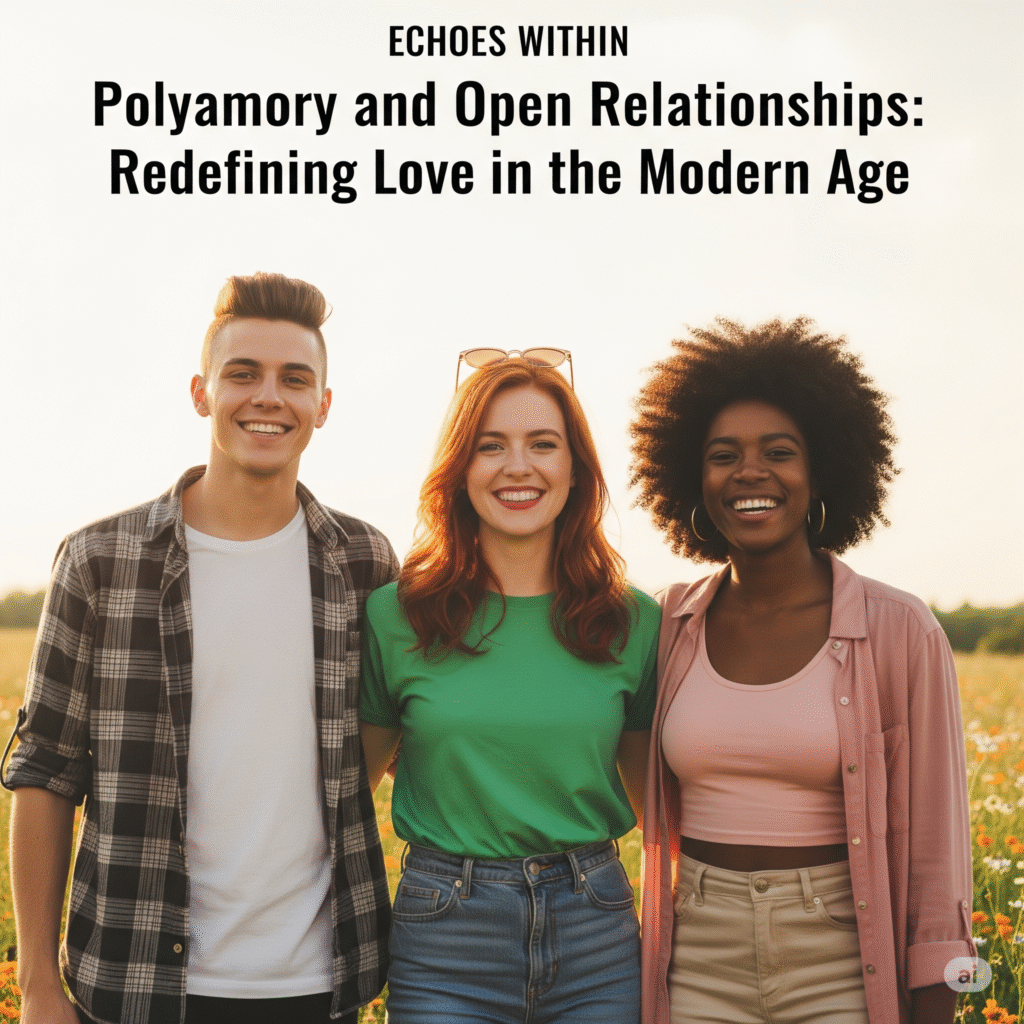🔱 Cultural Context: Are Polyamory and Open Relationships Accepted in Hindu Society?
While polyamory and open relationships are gaining ground in modern Western contexts, they remain controversial or largely taboo in many Eastern cultures, including traditional Hindu society.
Historically, ancient Hindu texts like the Kama Sutra or certain stories in the Mahabharata include complex depictions of love and desire, some of which feature multiple partners or unconventional unions. However, in contemporary Hindu culture, the focus has shifted toward monogamous marriage, family duty (dharma), and social stability.
Modern Hindu societies—especially in countries like Nepal or India—often emphasise:
-
Lifelong monogamy
-
Marriage as a sacred duty
-
Sexual modesty and familial loyalty
As a result, open relationships and polyamory are not socially accepted in most mainstream Hindu communities. People engaging in such lifestyles may face:
-
Social stigma
-
Family rejection
-
Misunderstanding or moral judgment
That said, younger generations in urban areas or diasporic communities are starting to question traditional norms. Some explore new models of love and partnership while trying to balance cultural identity with personal freedom.
While polyamory and open relationships offer new possibilities for love and connection, they also challenge deeply rooted cultural beliefs. In Hindu society, these models remain sensitive, often misunderstood, and socially discouraged.
Love Is Evolving
Love, once framed by tradition and exclusivity, is now evolving. As society becomes more open to diverse identities and lifestyles, polyamory and open relationships are gaining visibility and legitimacy. No longer fringe concepts, these relationship models challenge the age-old idea that one partner should fulfil all emotional and romantic needs.
But what do these terms really mean? How do they work in practice? And most importantly, why are more people turning to them in the modern age?
What Are Polyamory and Open Relationships?
Though often used interchangeably, polyamory and open relationships differ in key ways:
-
Polyamory involves having multiple consensual, romantic, and emotional relationships at the same time. Each connection can be meaningful, loving, and long-term.
-
Open relationships, on the other hand, typically describe a committed couple who allows sexual or romantic connections outside the primary relationship.
Both rely on clear communication, honesty, and mutual consent. These are not free-for-alls or loopholes for cheating. Instead, they challenge the assumption that monogamy is the only—or best—path to love.
Why Are People Choosing These Alternatives?
More people are embracing polyamory and open relationships for several reasons:
-
Emotional Variety
No one person can meet every emotional need. Polyamorous relationships allow individuals to connect with multiple people who fulfil different roles in their lives. -
Personal Growth
Navigating multiple relationships encourages self-awareness, communication skills, and emotional maturity. -
Freedom and Autonomy
Open relationships offer a way to maintain individuality while still fostering deep connection. Partners can explore their identities without feeling confined. -
Rejection of Traditional Norms
Some individuals reject the cultural script of monogamy as outdated or unrealistic. For them, alternative structures feel more authentic and empowering.
Challenges and Misconceptions
Despite their growing popularity, polyamory and open relationships face stigma and misunderstanding. Many people wrongly assume these lifestyles are just about sex, or that they’re unstable and selfish.
However, like any relationship, these dynamics require trust, vulnerability, and emotional labour. Jealousy, insecurity, and miscommunication can arise. But rather than avoiding them, polyamorous people often confront and process these feelings directly. This emotional transparency can lead to stronger, more intentional connections.
Additionally, these relationships force individuals to redefine success in love. Instead of aiming for “forever” with one person, partners focus on meeting one another’s needs in the present, with openness to change.
Is It Right for You?
While polyamory and open relationships appeal to some, they’re not a one-size-fits-all solution. Before diving in, it’s essential to:
-
Reflect on your values, needs, and boundaries
-
Communicate honestly and frequently with all partners
-
Learn about ethical non-monogamy practices
-
Expect and embrace emotional growth and discomfort
The key lies in consent and intention. These relationships work best when all involved agree to the same rules and definitions of love and commitment.
Modern Love in the Digital Age
Social media, dating apps, and open-minded communities have made it easier than ever to explore non-traditional relationships. Online platforms offer educational resources, support groups, and matchmaking for those seeking alternative connections.
As a result, more people feel seen, validated, and curious about how they can shape relationships that work for them, not just follow the script they were given.
Conclusion: Love Without Limits
Polyamory and open relationships are not about rejecting love—they’re about expanding it. In a world where individuality thrives, these models offer new frameworks for trust, intimacy, and freedom.
As more people redefine what love means to them, one truth becomes clear: the future of relationships is intentional, diverse, and ever-evolving.
💬 What Does Love Mean to You?
As society redefines love and commitment, where do you stand? Whether you embrace monogamy or explore new paths, your voice matters.
Share your thoughts in the comments below or join the conversation on [Your Social Media Name/Handle]. Let’s talk about what love, freedom, and connection look like in your world.
📚 References:
The Sedentary Lifestyle Epidemic: How Sitting Is Killing Us Slowly
The Pursuit of Perfectionism: When Good Enough Isn’t Enough
The Rise of Digital Nomads: Is This the Future of Work?
The Psychology of Procrastination: Why We Self-Sabotage
🔥 Why Are Women More Affected by Negative Energy in the East? Unveiling the Truth
Olivelle, Patrick. Manu’s Code of Law: A Critical Edition and Translation of the Manava-Dharmasastra (Oxford University Press, 2005) harvard.com+15overdrive.com+15wellcomecollection.org+1
Outlines the normative expectations of family, marriage, and monogamy in classical Hindu law texts (Dharmaśāstra), reinforcing the social emphasis on marital order and duty.
BBC Future. “Is Polyamory the Next Frontier of Relationship Evolution?”
https://www.bbc.com/future/article/20220328-the-rise-of-polyamory

